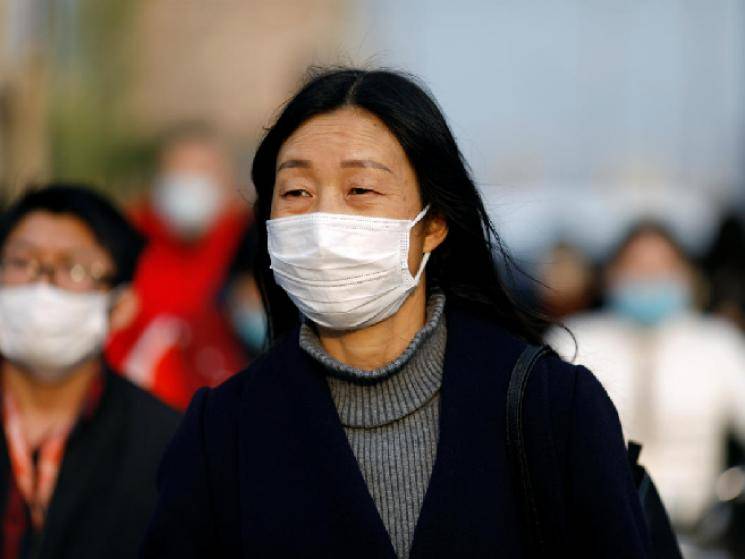COVID-19 can be contained faster than the Spanish flu: WHO
By Vivek Raj | Galatta | Aug 22, 2020, 12:30 pm

The World Health Organization (WHO) on Friday said that it hopes the coronavirus pandemic will be contained around the planet in less than two years. The Geneva-based UN health agency stated that it looked forward to ending the crisis faster than it took for the Spanish flu.
Speaking to reporters from the WHO's headquarters in Geneva, WHO director-general Dr. Tedros Adhanom Ghebreyesus said, "We hope to finish this pandemic before less than two years", while insisting that the novel coronavirus can be contained faster than the deadly 1918 pandemic.
In comparison to the early 20th century when the Spanish flu occurred, the world is at a disadvantage today, Tedros said, due to its "globalisation, closeness, connectedness", which has allowed coronavirus to spread its wings around the planet at such a rapid pace. He however went on to state that the world is also at an advantage of being equipped with much better technology and said that by "utilising the available tools to the maximum and hoping that we can have additional tools like vaccines, I think we can finish it in a shorter time than the 1918 flu."
Nearly 800,000 people have succumbed to their deaths around the world due to the COVID-19 outbreak leaving around 23 million testing positive for the infection. On the contrary, the Spanish flu, considered to be the deadliest pandemic in modern human history, has claimed the lives of more than 50 million people around the world, while leaving nearly 500 million infected between February 1918 and April 2020. The number of deaths due to the Spanish flu has been recorded to be five times more than the casualties in World War I. First victims due to the Spanish flu were recorded in the United States, before it spread to Europe and then the rest of the world.
Detailing on the Spanish flu, WHO emergencies chief Michael Ryan told journalists that the pandemic affected the lives of millions in three waves, with the deadliest second wave beginning in the second half of 1918. He said, "It took three waves for the disease to infect most of the susceptible individuals,". Once the second wave passed, the flu behind the pandemic evolved into a less deadly seasonal bug. He stated, "Very often, a pandemic virus settles into a seasonal pattern over time,". Ryan also issued a warning saying that so far, "this virus is not displaying a similar wave-like pattern. Clearly, when the disease is not under control, it jumps straight back up."

.jpg)




























